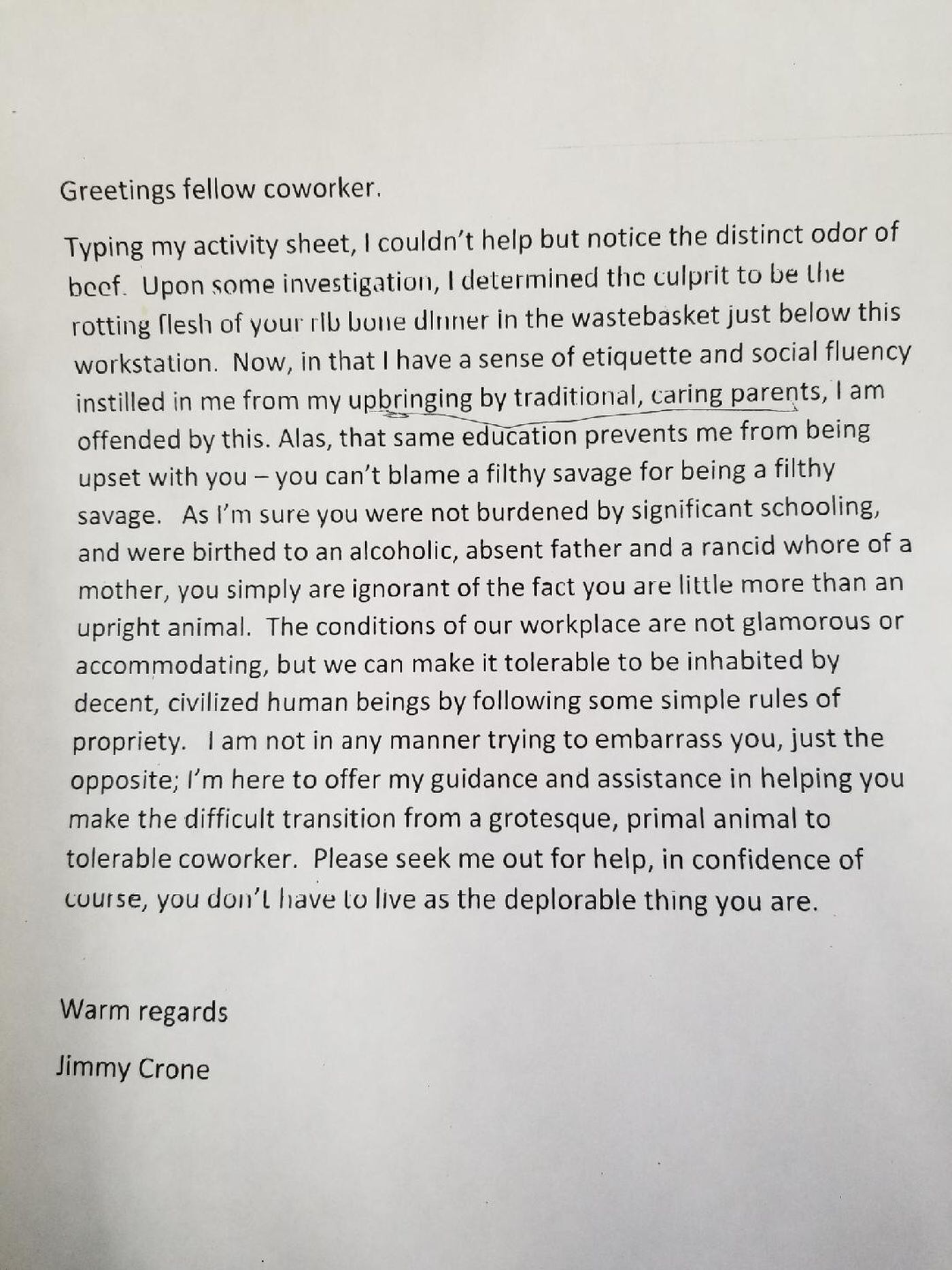StringerBell
OG
http://www.wect.com/story/38914976/...ce-actions-caught-on-video-were-not-justified
NAACP says Raleigh police actions caught on video were not justified
The mother of the Raleigh man caught on camera in a video of police officers using force is speaking out as local NAACP leaders call for a full investigation.
Rev. Doris Tomberlin said the hardest part for her is not knowing about her son, Frederick Hall.
"It's not an easy pill to swallow," said Tomberlin who has not been able to visit her son in the hospital.
Family and members of the Raleigh-Apex NAACP are calling for a full investigation of what took place in the videos, making sure nothing falls between the cracks.
Activists said they've been in touch with Raleigh's police chief and the Wake County District Attorney, and are encouraging anyone with more videos of what took place to send them to the DA.
"Both sides of the story need to come forth to the community," Rev. Dr. Portia Rochelle, Raleigh-Apex NAACP President said. "We weren't there."
Two videos taken by a witness obtained by CBS 17 show Hall on the ground with six officers surrounding him. One officer can be seen striking his back with a baton at least a dozen times.
nother video taken by Bonnie Kidder shows the 44-year-old Hall swinging at police, while three officers surround him.
Kidder told CBS 17 she believes what the officers did may have been justified.
Rochelle and others said that's not the case.
When asked, Rochelle said they believed what happened Friday was not justified.
She and family members said one of the hardest things for them has been not being allowed to see Hall, adding the most information they've been given is that, "he's alive."
"What kind of rule would deny her mother to see a child?" Rochelle said in a news conference Saturday.
"The mother doesn't know what condition he's in. She doesn't know if he's on life support, or if he's sitting up drinking a Coke. She needs to see for herself."
Rochelle also spoke about police officer training.
"We're tired of the beatings," Rochelle said. "They are trained to handle a person that's out of control, without beating them and putting them into the hospital, and maiming them."
"One person swinging their arms does not justify the use of force from a mob of law enforcement, in order to subdue this person," Rev. Shawn Singleton said. "Law enforcement's job is not to inflict punishment because you're fighting back or resisting."
Many are now working to find answers and justice for Hall and his family.
"I don't judge nobody, but I pray for the police force," Tomberlin said. "I want them to understand that they have children too, and what goes around, comes around."
CBS 17 reached out to Raleigh Police, who say they were told by WakeMed hospital staff that their policy does not allow Hall to have visitors at this time.
Police also said Hall had an encounter in 2016 with the North Carolina State Highway Patrol.
CBS 17 reached out to North Carolina State Highway Patrol officials for more information regarding this encounter.
Raleigh police released a statement Friday afternoon:
The Raleigh Police Department is aware of the incident that occurred earlier today at Garner Road and Martin Luther King Jr Boulevard; we are reviewing the matter in accordance with our departmental policies. In the spirit of transparency, we have proactively made the District Attorney’s office aware of this situation. The Raleigh Police Department offers no further comment on this ongoing investigation.
Late Friday afternoon Wake County District Attorney Lorrin Freeman released this statement:
Late this afternoon I was made aware of a use of force incident regarding Raleigh Police Department by the chief of police for Raleigh. I have requested that all available video including body cameras and dash cam video be provided to my office for review. I am in consultation with the state Bureau of investigation and once we have completed a review, will be making a determination as to what the appropriate next steps are. We are requesting the community's patience as we go through this process.


